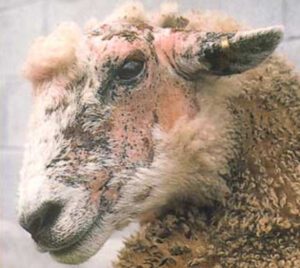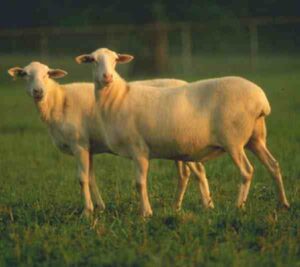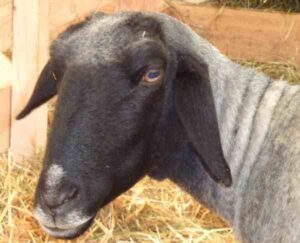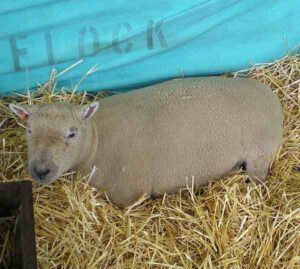The Beltex sheep is a breed of domestic sheep which was originated from Belgium. It is a portmanteau of Belgian and Texel, and name of the breed reflects the breed’s origin as an offshoot of Texel sheep from Belgium.
The breed was exported to the United Kingdom in the late 1980s. And the breed was primarily refined into it’s modern form there.
The Beltex sheep breed is primarily used as a terminal sire in Europe. The rams are prized for mating with ewes for producing lambs for meat.
Today the breed is raised mainly for meat production. Read some more information about this Belgian sheep breed below.
Beltex Sheep Characteristics
The Beltex sheep are medium to large sized animals. Main characteristics of these animals are double-muscled hindquarters, coupled with fine bones which ensures maximum killing-out percentage of the finished lamb.
Beltex sheep have white face, and their wool is of medium length. Both rams and ewes are generally polled. Average body height of the mature ewes is around 50 cm, and around 60 cm for the rams.
Average live body weight of the mature rams is around 90 kg. And the mature Beltex ewes on average weight around 70 kg.[1]

Uses
The Beltex sheep is a meat sheep breed. It is raised mainly for meat production.
Special Notes
The Beltex sheep are strong and hardy animals. They are well adapted to their local climates. Today the breed is raised mainly for meat production. But it is also used as terminal sire in Europe.
The Beltex sired lambs are born with ease and are thrifty. The finished lambs yield a high killing-out percentage and a carcass with well-fleshed legs, good eye muscle and a long loin. However, review full breed profile of the Beltex sheep in the following chart.
| Breed Name | Beltex |
| Other Names | None |
| Breed Purpose | Mainly meat |
| Special Notes | Well adapted to local climates, very hardy and strong animals, currently raised mainly for meat production, but the breed is also used as terminal sire, the Beltex sired lambs are born with ease and are thrifty, the finished lambs yield a high killing-out percentage and a carcass with well-fleshed legs |
| Breed Size | Medium to large |
| Weight | Mature ram’s average body weight is around 90 kg, and the mature ewe’s average live body weight is around 70 kg. |
| Horns | No |
| Climate Tolerance | Many climates |
| Color | White |
| Rarity | Common |
| Country/Place of Origin | Belgium |






